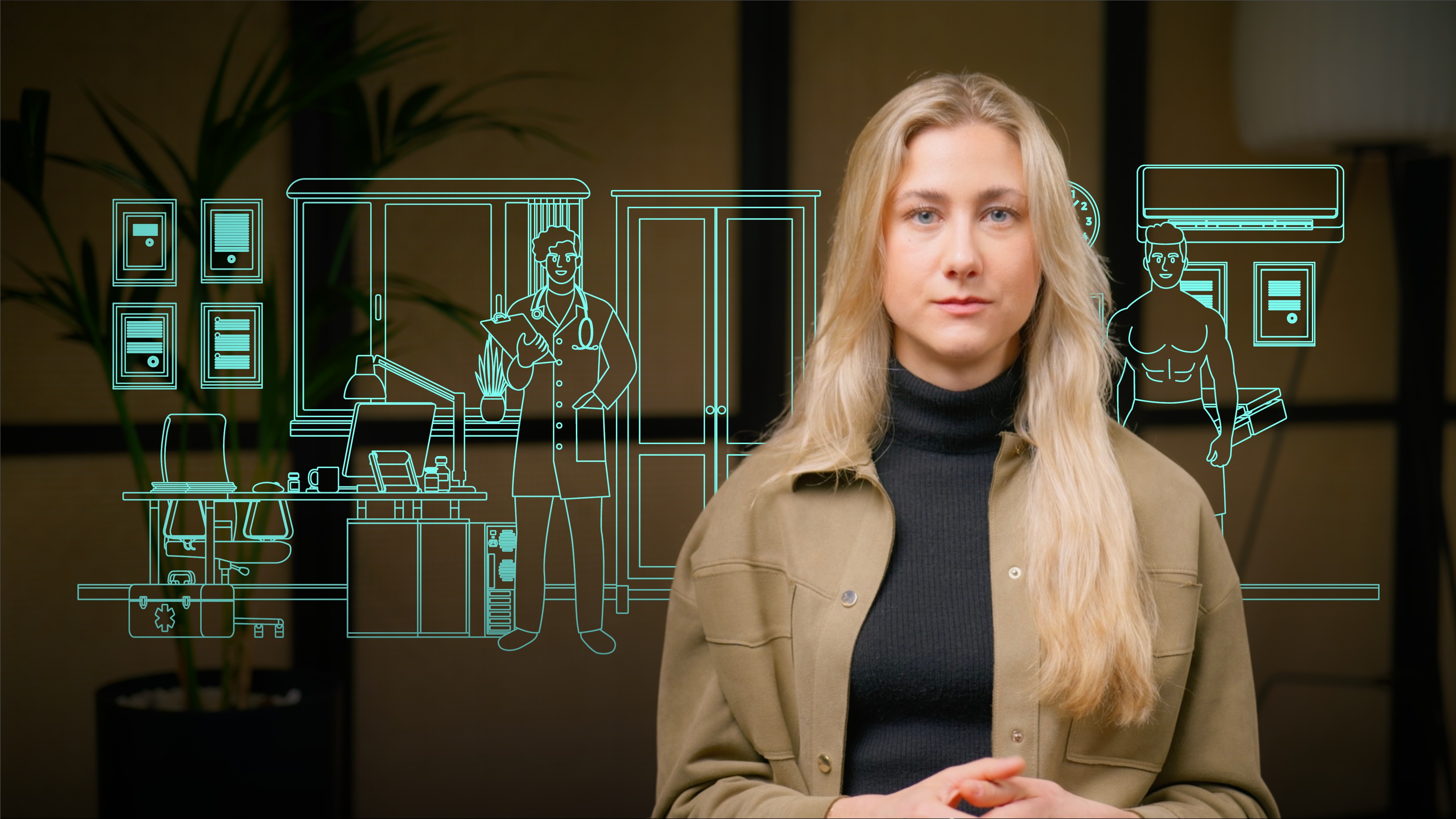
How Additive Manufacturing Is Changing Industry

Natalie Kerres
In this video, Natalie introduces learners to the transformative world of additive manufacturing, highlighting its role in pushing the manufacturing industry towards a more sustainable and efficient future. She explores the benefits of 3D printing, from reducing material waste and enabling the creation of complex, customised designs to supporting the circular economy through recyclable materials.
In this video, Natalie introduces learners to the transformative world of additive manufacturing, highlighting its role in pushing the manufacturing industry towards a more sustainable and efficient future. She explores the benefits of 3D printing, from reducing material waste and enabling the creation of complex, customised designs to supporting the circular economy through recyclable materials.
Subscribe to watch
Access this and all of the content on our platform by signing up for a 7-day free trial.

How Additive Manufacturing Is Changing Industry
14 mins 17 secs
Key learning objectives:
Understand the evolution of additive manufacturing and its impact on modern industry
Identify how personalised orthotics improve outcomes for end users
Outline how sustainability addresses challenges in on-site, on-demand manufacturing
Understand how additive manufacturing leads to less waste in production
Overview:
Subscribe to watch
Access this and all of the content on our platform by signing up for a 7-day free trial.
Additive manufacturing, also known as 3D printing, is significantly reshaping the manufacturing industry by offering a more sustainable and efficient production method. Unlike traditional manufacturing techniques that often involve cutting or moulding, additive manufacturing builds objects layer by layer, which drastically reduces material waste. This process not only revolutionises rapid prototyping but also enables the creation of complex shapes and intricate designs that are otherwise challenging to produce. By using only the materials needed, additive manufacturing aligns well with the principles of the circular economy, allowing for recycling and reuse of materials.
What role does 3D printing play in personalising orthotics?
3D printing is revolutionising the creation of personalised orthotics by allowing for custom-fit solutions tailored to individual needs. Traditional methods often involve a one-size-fits-all approach, but with 3D printing, wearables like orthotics can be designed to fit each person's unique anatomy. At Scaled, a technology network platform is used to design custom-made wrist or ankle braces, especially for athletes. This platform allows users to upload images of specific body parts, which are then used to craft orthotics with the optimal form and stiffness, providing better support and comfort compared to standard sizes.
How is 3D printing advancing the circular economy and sustainability?
3D printing is pivotal in advancing the circular economy by fundamentally changing how products are designed, manufactured, and consumed. It minimises material waste by using only the materials necessary for production, which directly supports the circular economy's focus on resource efficiency and waste reduction. Additionally, 3D printing prolongs product lifecycles by enabling the creation of replacement parts, reducing the need for new purchases. The ability to produce goods locally with minimal transportation further enhances sustainability by reducing carbon emissions.
What are the benefits of on-site and on-demand 3D printing in manufacturing?
On-site and on-demand 3D printing offer significant benefits, including reducing logistical challenges, particularly in remote environments. By producing only the necessary products when needed, this approach minimises waste and lowers carbon footprints. It eliminates the need for large stock, which often results in unused products, and allows for the production of orthotics and other items without support material, translating to zero waste. This method also emphasises the recyclability and biodegradability of printing materials, aligning with the goals of sustainability.
What advancements are being made in 3D printing technology?
Advancements in 3D printing technology include the development of Fused Deposition Modelling (FDM) printers that can operate safely in homes and offices without special ventilation. This innovation makes 3D printing more accessible to the average consumer, allowing them to produce items like orthotics at home. Efforts are also being made to ensure the sustainability of the plastics used in 3D printing filaments, with a focus on recycling and adapting materials to fit existing recycling streams, such as those for PET bottles.
What are the four key ways additive manufacturing is changing the industry?
Additive manufacturing is transforming the industry in four key ways:
- Design Freedom: It allows for complex geometries and customised designs without the need for specific or costly tooling.
- Efficiency: By reducing material waste and minimising the need for hard tooling and assembly, it enhances production efficiency.
- Speed: It enables rapid prototyping and shortens time to market.
- Cost-Effectiveness: This is particularly beneficial for small series production, spare parts, and tooling, making manufacturing more economical.
What is the economic impact of additive manufacturing?
The economic impact of additive manufacturing is substantial, with McKinsey & Company estimating its direct market to have grown to 17 billion US dollars by 2020. It has the potential to reach an overall economic impact of 100 to 250 billion US dollars by 2025 if its current adoption rate continues. This growth highlights the transformative potential of additive manufacturing across various sectors, from wearables to aeroplane parts, signifying its role as a key driver in the future of manufacturing.
Subscribe to watch
Access this and all of the content on our platform by signing up for a 7-day free trial.

Natalie Kerres
There are no available Videos from "Natalie Kerres"





























